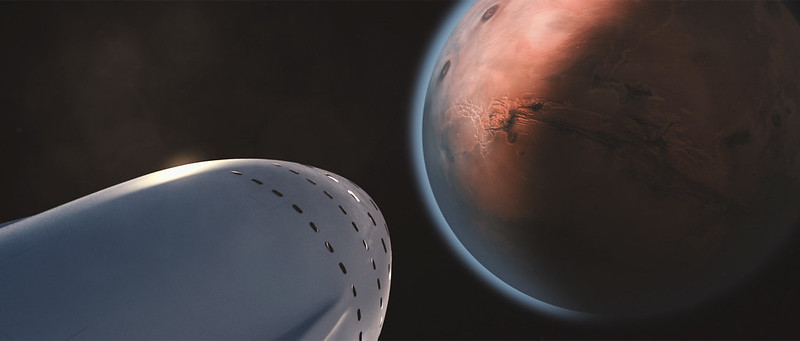SpaceX plans to build a “self-sustaining city” on Mars, according to its founder Elon Musk. But, while we now know a lot more about how SpaceX plans to get to Mars, details about how people will actually survive up there remain sketchy.
Musk dropped the news on Tuesday during an address at the International Astronautical Congress meeting in Guadalajara, Mexico, where he had promised to reveal how the company planned to send people to live on Mars.
“I don’t have an immediate doomsday prophecy,” said Musk, but he noted that he saw only two possible paths forward. “One path is to stay on Earth forever, and there will be some extinction event. The alternative is to become a multi-planetary species, which I hope you will agree is the right way to go.”



